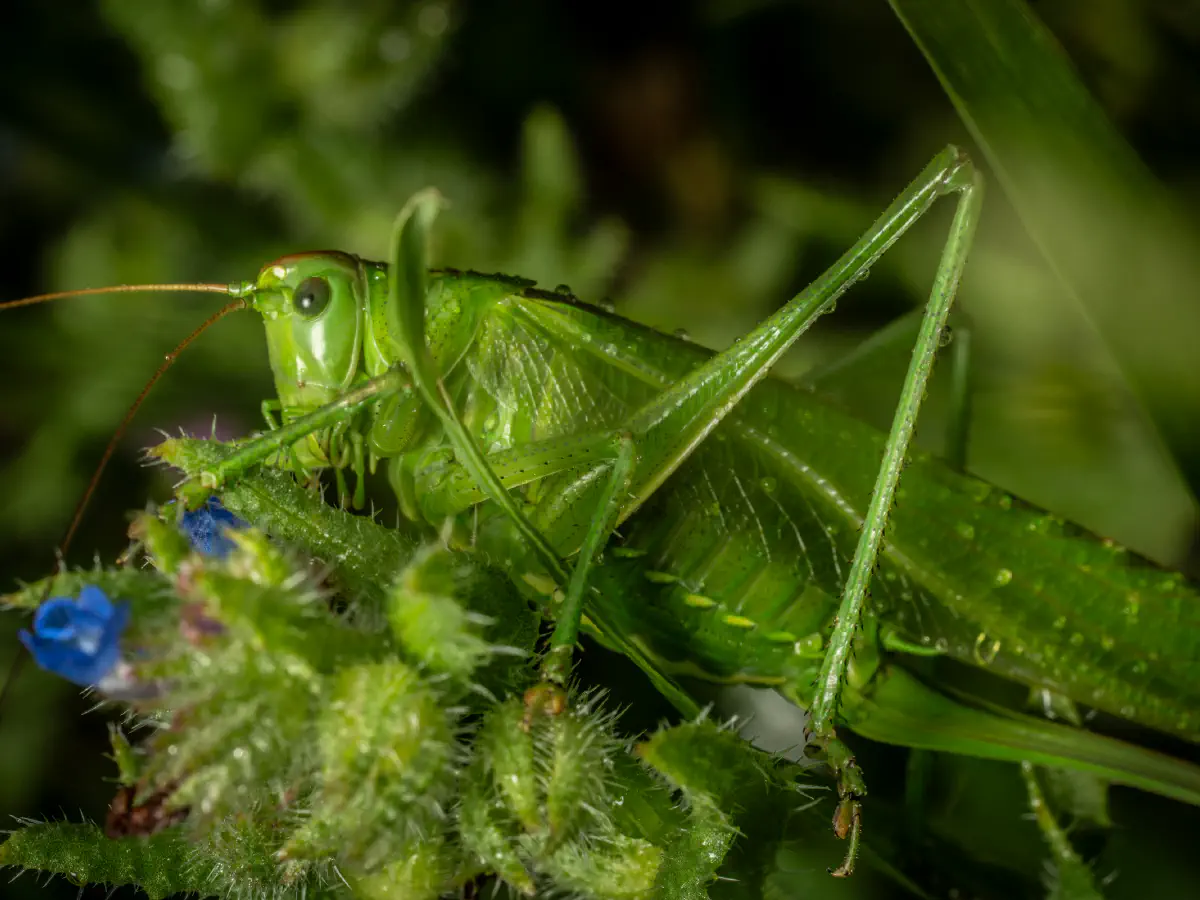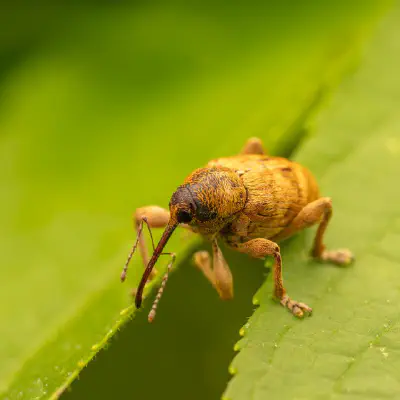This species can be encountered in most of Europe, in the eastern Palearctic realm, in the Near East, and in North Africa, especially in meadows, grasslands, prairies and occasionally in gardens at an elevation up to 1,800 metres (5,900 ft) above sea level.
Great Green Bush-cricket (lat. Tettigonia viridissima)





This is not intended to be a dry lexicon. Personal stories and sensitive articles form the framework for our pictures: „Franz and his journey into the world of humans“
Franz, the friendly seed beetle, wakes up as a human one morning and uses his new abilities to improve the world of arthropods.


